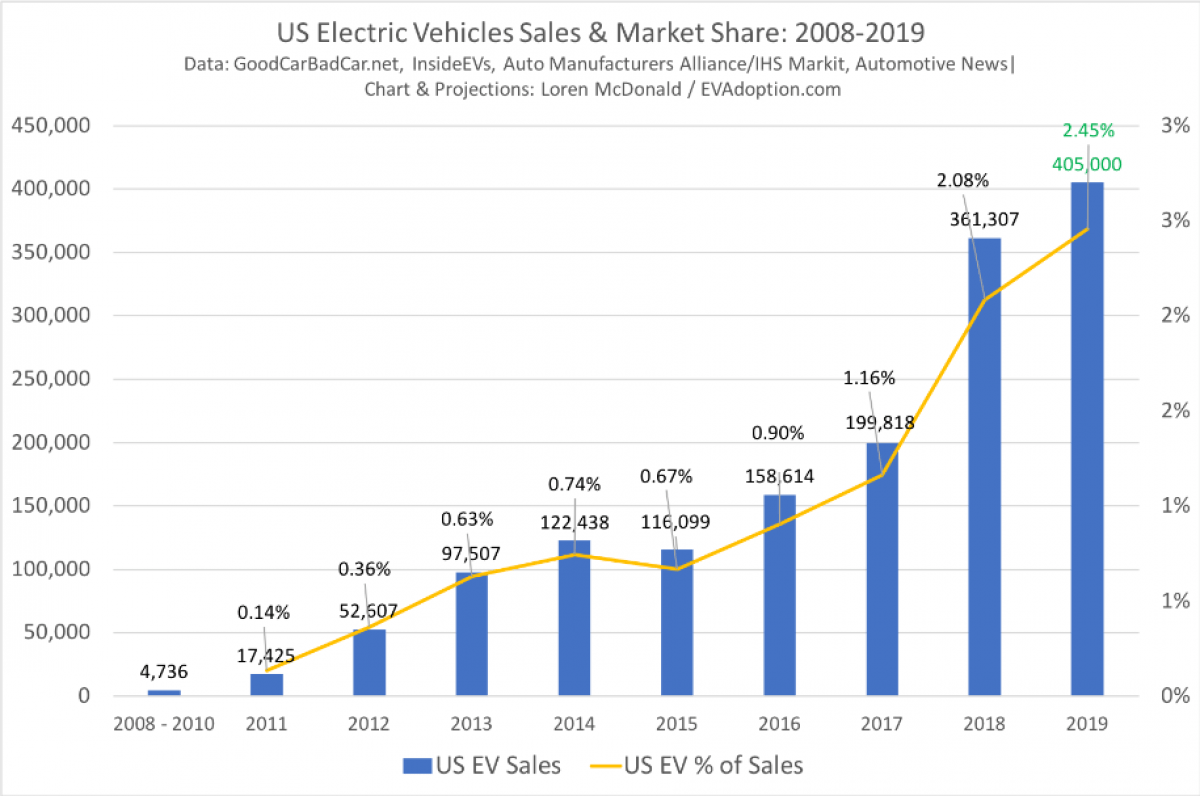The Lithium Age
NEXT GEN MEASUREMENT
The industrial sector is recognizing the market drive for alternatives to traditional non-renewable energy sources. Could this be the dawn of The Lithium Age?
The Lithium Age
The modern world is at a critical stage in its development, as climate changed has spurred a global charge to reduce carbon emissions. A key way to accomplish this is a transition from fossil fuels to new renewable sources of energy. The energy and transportation sectors are two of the main sources of the world’s carbon emissions, so it is these sectors that will be the main battleground for the emissions war. It could very well be a war of wills between monolithic fossil fuel corporations and proponents of decarbonization, a war fought on multiple fronts: the economic front, the environmental front, and the social front.
So, what could replace fossil fuels? Lithium.
The Economic Front
The market for lithium is developing at an unprecedented speed, the price of which has doubled from 2016 to 2018. While lithium batteries serve a general use in power storage for renewable grids, it is the use of lithium batteries in powering electric automobiles that is the real driving force behind the market demand.
The race to secure a share of the lithium market, because of its potential for revenue, has become a source of new geopolitical tensions. The main source of the world’s lithium reserves is found in Chile’s Atacama salt flats; this is because the Atacama desert holds the world’s highest levels of solar radiation. So, whoever controls Atacama’s share of the lithium market, will likely control the majority of the global market. Chile could be the proverbial battle of Gettysburg in the broader lithium war.
The Social Front
The true power on the social front of the lithium war is held by consumers, not by the fossil fuel companies or even lithium innovators. A more environmentally and socially conscious public is – more and more – choosing electric automobiles over traditional combustion-engine automobiles. Consumer decisions have driven market demand not just for lithium, but for all raw materials used in the manufacturing of electric vehicles. So much so that by 2040, the IEA (The International Energy Agency) forecasts that demand for lithium will have increased 42 times relative to 2020 demand. The IEA also states meeting the Paris agreement’s climate targets would further drive the market for “critical minerals” used to produce clean energy technologies.

Conclusion
The war for lithium market control has only just begun. Time will tell if lithium is the promised land of fossil fuel alternatives. However, if it’s not lithium, surely it will be a war for another resource – and for it, a similar war with similar fronts.














